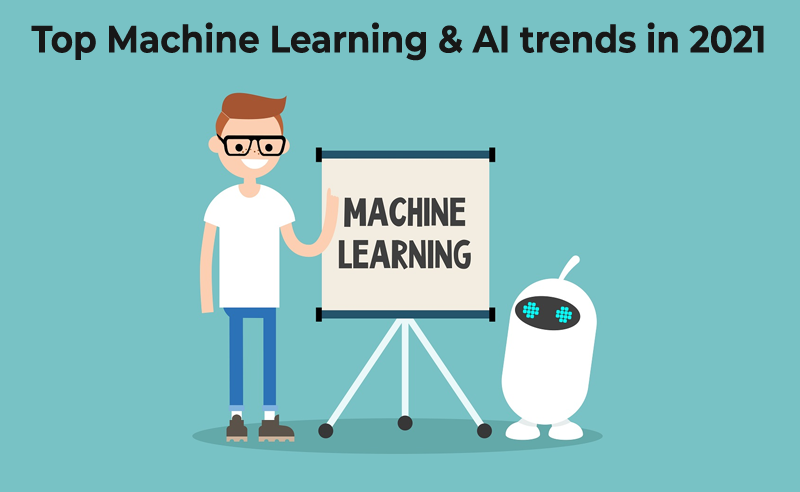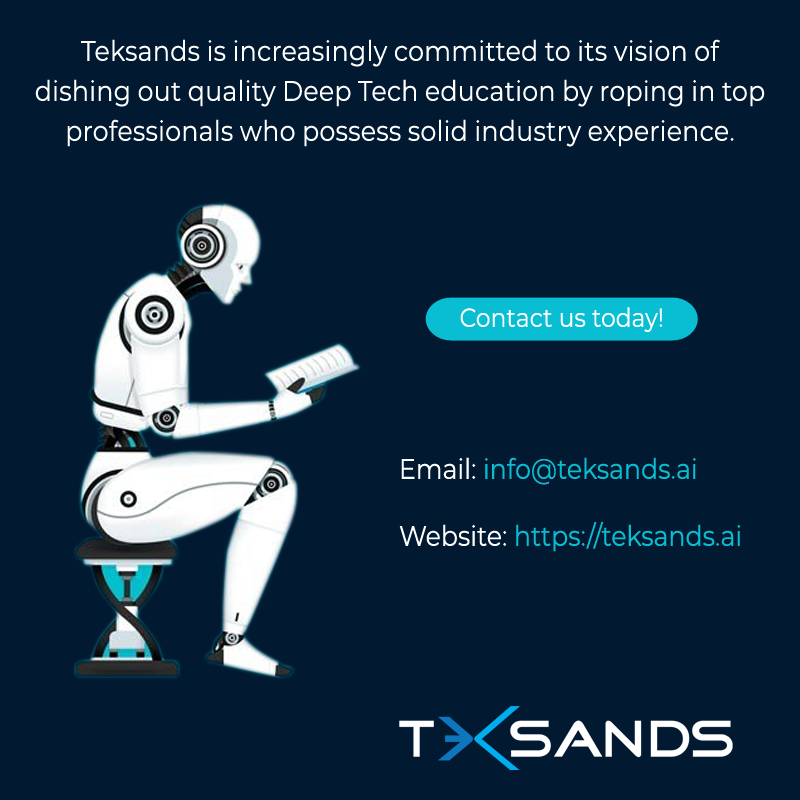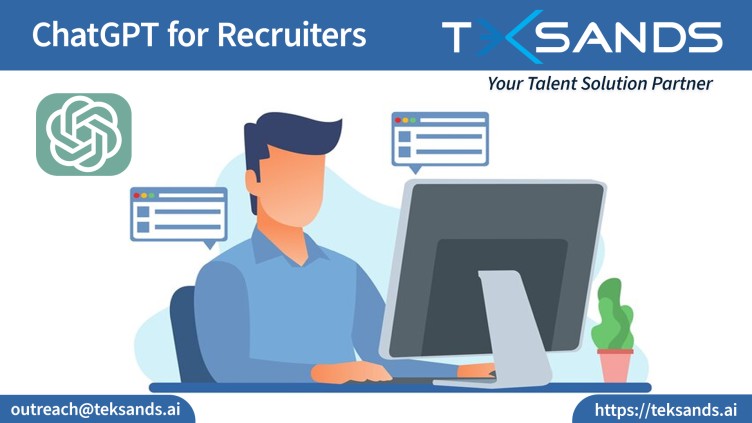
Top Machine Learning & AI Trends Today!

We live in an age and time where the fields of Machine Learning and Artificial Intelligence have come to dictate almost every tangible aspect of our lives. Ranging from weather forecasting to virtual personal assistants to generating automated business analysis and carrying out extensive social media campaigns, machine learning applications have now established themselves as an indispensable part of our daily tidings.
Why Machine Learning and AI?
With technological advancements continuing to scale new peaks with every passing day, more and more industries and domains are exhibiting an active interest to incorporate machine learning and data science tools in their core operations. Consequently, the demand for data science career options has registered an exponential rise in the past few years. According to a study, the year 2020 witnessed a hefty rise of job requirements for analytics and data science from 364,000 openings to 2,720,000.
Additionally, a recent report published by the U.S. Bureau of Labour Statistics predicts that the demand for data science skills is all set to drive an employment growth of almost 27.9% in the domain through the year 2026. Subsequently, as a sizeable chunk of technical graduates seem increasingly tempted to jump aboard this bandwagon, it is rather important that they are kept well-informed of all the various scopes and avenues that these fields hold for them.
Besides ruling the roost in the year 2020, machine learning and Artificial Intelligence are expected to define a host of path-breaking trends in the present year as well. Read on to find out more about them.
Hyperautomation:
Hyperautomation, by definition, refers to the philosophy that allows for all of the company’s various cogs to be automated. It is an IT mega-trend that stands to completely redefine the working mechanism and the inherent dynamics of the IT industry as we know of it. With the onset of the pandemic spurred by the unprecedented outbreak of the virulent coronavirus, the trend has gained further momentum in recent times.
The process, which is also referred to as intelligent process automation or digital process automation in certain circles, strives to not only streamline the different core operations of a business, but to also make them highly responsive and adaptive to evolving surroundings and changing circumstances. Because of their heavy reliance on the concepts of machine learning and artificial intelligence, an Hyperautomation module can not operate solely on the basis of software that is static packaged. They must possess the ability of complimenting other innovation mechanisms and tools that are operating within an organisation's ecosystem such as those of process innovation and the like.
Business Forecasting:
Businesses these days are increasingly reliant on the technique of time series analysis to visualise the track the changes and developments that any one of its securities, assets, or economic variables undergoes over time. As a statistical technique, time series analysis refers to the phenomenon of indexing a certain sequence of data points in a particular time order. In other words, it concerns itself with the arrangement of a set of data in a series of intervals or certain time periods.
Industry experts and weather professionals make use of this technique to screen a desired data set over a certain interval of time. Subsequently, they utilise its inferences for making business decisions that are both smart as well as self-sustainable. ML networks form the core of this model, with a few of them promising accuracy levels as high as 95% in cases where they happen to get trained by diverse sets of data. In the foreseeable future, these organisations are expected to further capitalise on this trend by introducing neural networks into the mix to achieve the possibility of high-fidelity forecasting.
Cybersecurity:
In recent times, the various applications of machine learning and artificial intelligence have increasingly found their way into the field of cybersecurity, irrespective of whether it is a model for home security or that for a corporate ecosystem. Cybersecurity system developers often find themselves at the receiving end of a rather demanding mechanism which requires them to be inventive from time to time.
In a bid to stay a step ahead of the perpetually evolving malware threats that surround them them, these developers are forced to come up with updates that is not only cognizant of the new variations but one which is also well aware of the specifics of the earlier threats. In this quest, the various technological tools that are accorded to them by AI and ML prove to be extremely beneficial to their cause. AI-driven cybersecurity tools possess the ability to mine data from a company's communication networks, personal transaction mechanisms, and other forms of digital activities and scan it thoroughly and effectively for potential threats and hazards.
The ML and IoT Intersection:
Besides ML and AI, if there's one other technological segment that has witnessed a rapid surge in recent times, it is that of Internet of Things (IoT).
Referring to a network of physical objects that possess the ability of communicating and exchanging information with one another, the field of IoT has with time come to be inextricably interlinked with those of ML and AI, bringing into existence a trend of hybrid models which are as intuitive as they are secure.
Reinforcement Learning:
Another trend that is expected to take the tech industry by storm in the present year is that of Reinforcement Learning (RL). It is a unique technique that registers the experiences of a set of captured data and then subjects them to deep learning in a bid to enhance the effectiveness of the data set in consideration.
In this model, AI programming tools are established in conjunction with various conditions to predict the kind of activity that will be performed by a particular software. Subsequently, depending on the resulting results and actions, the software self-learns certain actions that are aimed at accomplishing the ideal ultimate goal.
Why Choose Teksands?

Teksands bank of deep learning online courses as well as online predictive analytics courses stand to not only amp up the preparations of a budding data scientists and machine learning enthusiasts but also mould them in perfect alignment with industry standard needs and requirements. With the vision of creating Deep Tech experts in the industry, Teksands is increasingly committed to its vision of dishing out quality Deep Tech education by roping in top professionals who possess solid industry experience.










